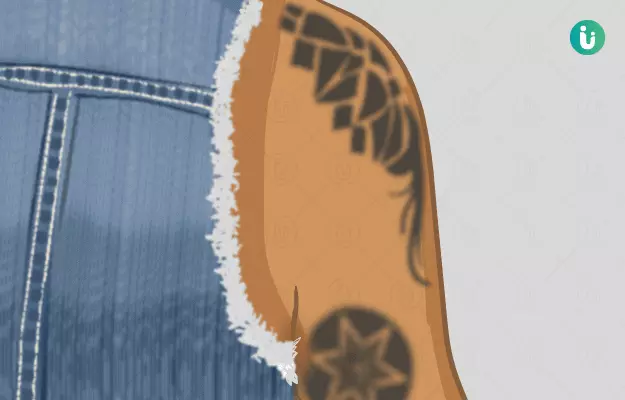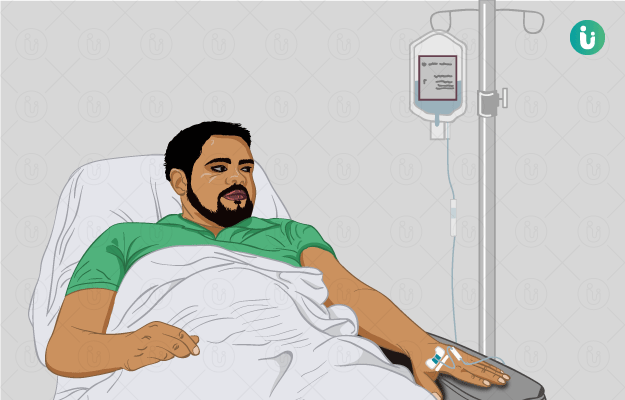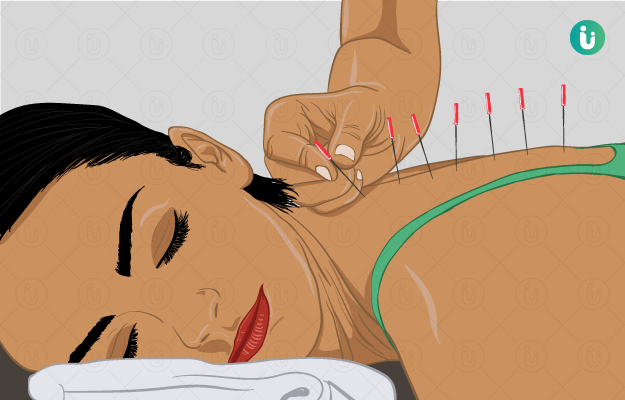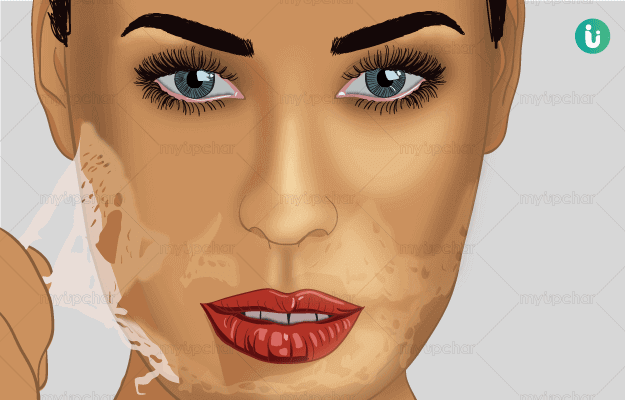Tattooing, prevalent from times immemorial to the present day, is a form of body modification in which ink, dye or pigments are inserted and deposited through the skin barrier into the deeper skin layers to create permanent designs. Tattoos can be cultural, religious or ritualistic (as with many tribes who pride themselves on their unique tattoos), symbolic or even purely decorative, designed solely based on the individual’s discretion and preference. While tattoos are mostly permanent, temporary tattooing can be done without the insertion of ink through the skin barrier. An example of temporary tattoos is henna, also known as “mehendi”, which is prominent in Asian and middle eastern cultures. Other common types of temporary tattoos (popular amongst children) include decal tattoos that can simply be stuck on to the skin and then peeled back to reveal the design.
Although ritualistic and cultural permanent tattooing varies in terms of the dyes, methods, and equipment used across the global spectrum, the majority of modern-day tattooing follows the same principles and methods all over the world. With the help of an electric tattoo machine, which has a needle bit attached to it, pigments of the chosen dye are placed into the middle layer of the skin (dermis) by piercing through the topmost layer (epidermis). After the initial injection of the dye, the pigments spread through the topmost layers (epidermis and the upper dermis), are perceived as foreign bodies by the body and an immune reaction is launched against them. The healing process after the immune reaction causes the upper layers (epidermis and upper dermis) to flake away, thus eliminating surface pigments, and for granulation tissue (which is then replaced by collagen) to form over the deeper layers of the skin including the dermis. The dye pigments that permeated into the dermis and deeper, therefore, become trapped and fixated underneath this newly formed collagen tissue. Although the dye pigmentation of the tattoo is indelible in the dermis, over time the pigments may seep deeper into the skin layers and cause the tattoos to appear faded or lighter. While modern-day tattooing is designed to be indelible or permanent, sometimes, for various personal reasons, individuals may wish to remove these tattoos. Tattoo removal with new-age dermatological techniques is available now but the results may vary with the size of the tattoo as well as the dyes that were used. It is also a painful and expensive process and should be used sparingly after careful consideration.
It is also generally observed that black and darker dyes are easier to remove than other colours (such as yellows and greens). The success of tattoo removal depends on a multitude of factors such as skin colour, ink colour and the depth at which the ink was applied. Various methods have been used in the past and today, but the most popular and effective method today is laser tattoo removal with Q-switched lasers.
(Read more: Things you should know about before getting a tattoo)










































